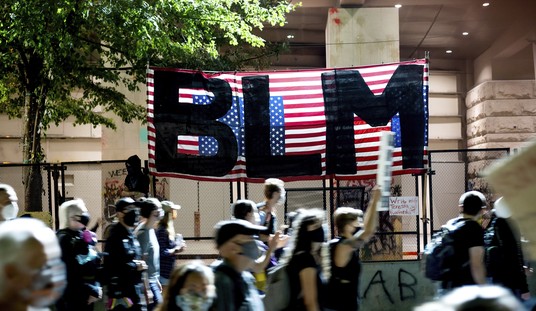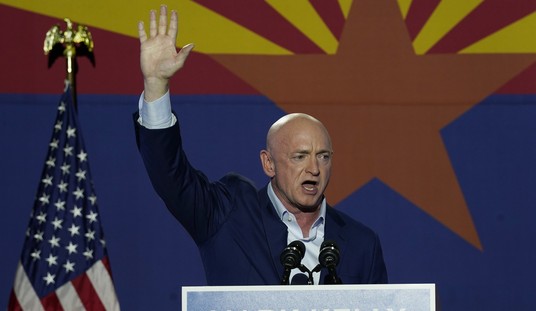Ever notice how car trips clear your head? I took a brief one this weekend, and, at one point on the road, I found myself marveling at all the cars around me and contemplating the regularly spaced street lights that line the interstate. Aware of the energy all that motion and electricity require, I remembered just how rich I am — just how rich we all are. It made me wonder why, in all the tumult and commotion of the Occupy Wall Street protests, I haven’t once heard a protester clamor to redistribute his own wealth to the world’s poorest.
They want to talk about the haves and the have-nots? Let’s talk about them. Earlier this year, World Bank economist Branko Milanovic released a book called “The Haves and the Have-Nots: A Brief and Idiosyncratic History of Global Inequality.” In it appears this provocative chart:
The chart can be a bit confusing to interpret at first (for an in-depth explanation of how to read it, click here), but the gist of it is pretty clear. Firstly, the relative flatness of the United States’ income inequality line reveals that income inequality in the U.S. is not nearly so great as it is in a country like Brazil, for example, where the nation’s poorest are among the world’s poorest and the nation’s richest are among the world’s richest. Secondly, the placement of the U.S.’ income inequality line along the Y-axis reveals that the U.S.’ poorest are still among the richest people on earth.
As The New York Times’ Catherine Rampell explains, the typical person in the bottom 5 percent of the American income distribution is still richer than 68 percent of the world’s inhabitants. As a group, America’s poorest are about as rich as India’s richest. Just by virtue of the fact that they were born in the United States (if, in fact, they were), very few of the Occupy Wall Street protesters can claim to be anything other than the “very rich” — the very class of people the protesters are protesting.
Now, lest you think I actually advocate some kind of global redistribution of wealth, let me remind you of how ardently I advocate economic freedom. It’s a solid predictor of quality of life in any given country and the best way to elevate the living standards of the poor. Inequality might always exist (and I personally am OK with that, identifying that very inequality as a motivating factor in a producing economy), but, if Brankovic were to redo the graph above to compare the incomes of present-day countries with the incomes of countries throughout history, we’d see it’s really true: With economic freedom, all boats rise. That is, because our world is more economically free today than it was, say, 500 years ago, nearly everyone’s standard of living is better than the average person’s standard of living back then.
Don’t think I’ve gone all “global community” on you, either. I’m not one to use that term any more than I’m one to use the term “national family.” In fact, that’s another observation to make about the Occupy Wall Streeters: They kinda bear out the truth that community is created locally. Their little city-based communes make it clear: Even to be effective at creating a national movement, better to be a nation of communities than a national community. The difference is subtle, but still there. Similarly, I think one of the best things we can do for the world’s poorest is fight to preserve economic freedom in our own communities, states and country — and work diligently daily to be productive ourselves. But that’s not to discourage the protesters — or anyone — from freely donating money to international causes. In fact, in the case of the protesters and in light of their demands, I’d say that’s only — what’s the word, again? — fair.







Join the conversation as a VIP Member